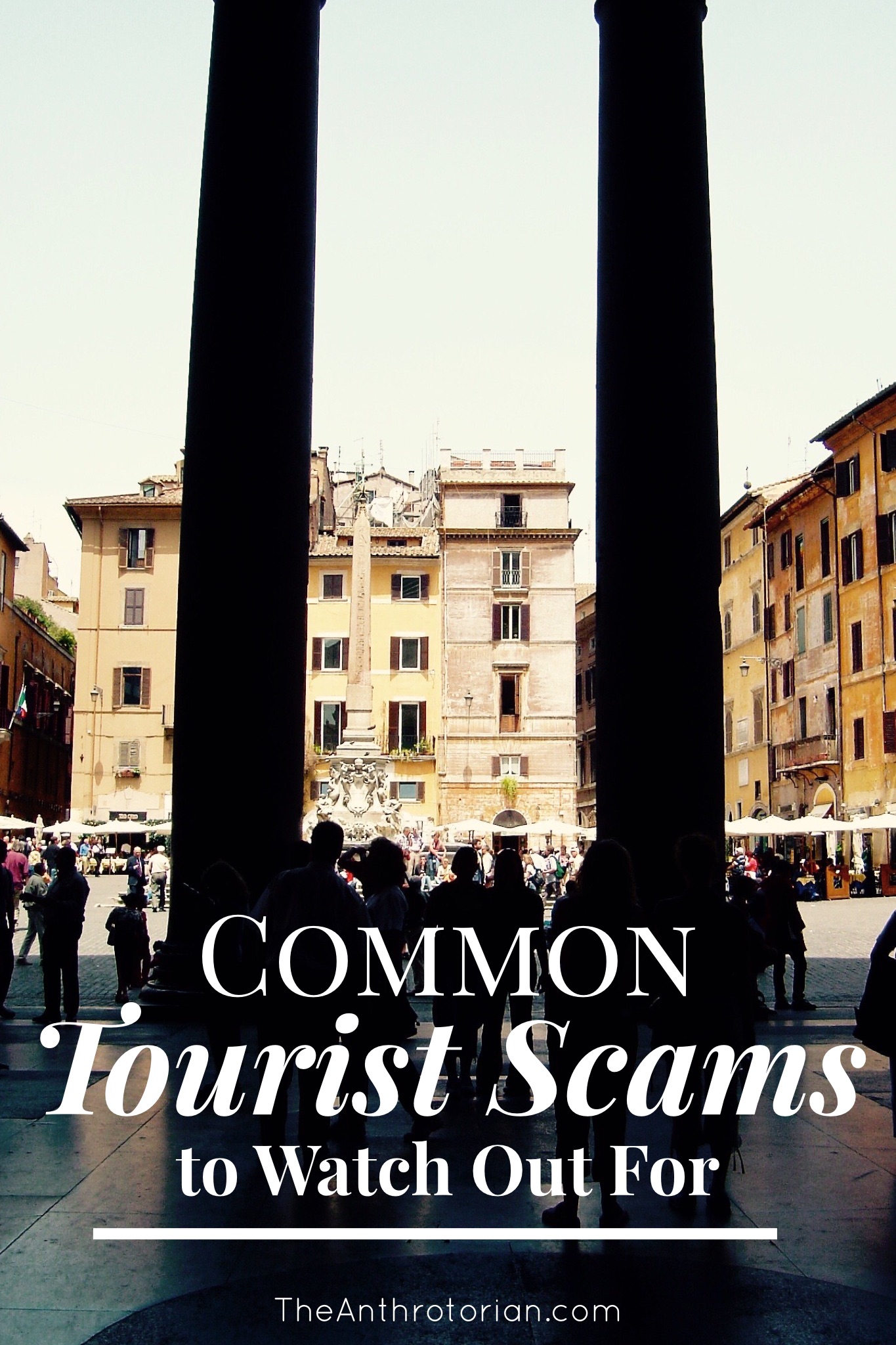Antoni Gaudi, one of the world’s most famous Modernist Architects, combined Gothic influences with inspiration from nature and innovative materials to create the marvelous Park Guell, located on a hill at the northern edge of Gracia in Barcelona.
Read MoreArtist Profile: Canadian Aboriginal Sculptor Stewart Steinhauer
According to Canadian Stewart Steinhauer, though he makes his living creating beautiful stone sculptures, he is not an artist but simply someone who “inadvertently makes stuff.”
Read MoreArt or Eyesore? The Eiffel Tower History You Probably Didn't Know
Nicknamed La dame de fer (the iron lady), the Eiffel Tower is one of the most well-recognized buildings in the world. This latticed iron structure, located in the Champ de Mais in Paris, was erected in 1889 for the World’s Fair of that same year.
Read MoreArtist Profile: The Stunning Sculptures of Canadian Artist Blake Ward
After spending a lazy Saturday afternoon savouring a cappuccino at my favorite local coffee shop, I wandered across the street attracted by a painted bronze sculpture in the window. The naked female figure had been captured in a moment of ecstasy with her head thrown back and her arms reaching skywards.
Read MoreEverything You Need To Know About Edvard Munch And His Famous Work "The Scream"
A version of the painting The Scream sold a few years ago for almost $120 million, making it the most expensive artwork ever sold at auction at the time.
Read MoreArt Gallery Visitor Tip: Watch People Get Lost In The Art
Sometimes watching fellow visitors to a museum or gallery observe and react to the art is as much of an experience as observing the art yourself.
There are those that walk slowly from work to work, one hand behind their back, one on their chin, never pausing for longer than a few seconds.
Others insist on standing right in the middle of the work for minutes at a time, blocking the view for everyone else.
Couples often chat and point, commenting on the "vivid use of color" or "visible brushstrokes."
Then there are the people that make security guards nervous because they insist on leaning in so close that it looks like they are actually touching the work from a distance (these observers are often wearing thick academic looking glasses or artfully tied silk scarves).
We can’t forget the art students that tilt their heads to the side as they shuffle back and forth, trying to see the work from all angles as they fill page after page of their big black sketch books.
The rarest observers and my favorite to watch are the ones that are truly moved by what they are looking at.
The ones that gasp and inadvertently cover their mouth with their hand when they realize that they are face to face with a beloved painting, sculpture, or drawing that they had only ever seen in photos. Their faces literally glow and you can see a range of emotions pass through them while tears gather in the corners of their eyes, and they barely breathe.
After a few minutes, a goofy smile will cross their face and then suddenly self-conscious, they will glance around the room making sure no one saw their reaction, before moving on to the next piece.
Related Posts
Joseph Beuys: One Of The Most Influential Artists of Post-War Germany
Born in Krefeld, Germany in 1921, Joseph Beuys is considered to be one of the most influential artists and teachers of post-war Germany.
At the end of World War II, during which he was an aircraft radio operator and combat pilot, he began his journey as an artist by enrolling in the Dusseldorf Academy of Art. It was there that he discovered his mediums of choice — sculpture, installation, and performance art — which he referred to as "actions".
His belief was that "every person is an artist", and an individual’s creative activity — no matter how small — helps a society to grow and thrive in ways that are beneficial to all.
Filzanzug (Felt Suit), 1970 Joseph Beuys
Beuys is known in the art world for is his work with "multiples" or pieces that are easily created multiple times and are considered to be provocative due to the materials used or message they convey.
Creating works that could be easily duplicated was his way of reacting against what he deemed to be the precious and unique aspects of traditional art. These multiples were usually small 3D objects that were inexpensive to make.
His piece titled Filzanzug (Felt Suit), pictured above is an example of one of these multiples. It is said to have been inspired by a story that Beuys told of an event that happened to him during World War II (the truth of this story has never been confirmed). According to the artist, he was shot down from his plane during the war and when he was rescued, was wrapped first in fat and then in felt to bring back his body warmth.
This work, being made of felt, is considered to represent insulation or protection from what is going on in the world around us.
During the 1960s and '70s, a time of increased political awareness, Beuys was involved in political activism which he considered to be an extension of his activities as an artist. During an action titled Isolation Unit (thought to be a protest against the Vietnam War), he wore his Filzanzug (Felt Suit) for the entirety of the performance.
You can view this work at the Hamburger Bahnhof Museum of Contemporary Art in Berlin.
During his career, Beuys created over 600 multiples hoping that they would encourage creative thinking and work to democratize art.
He died on January 23, 1986.
















